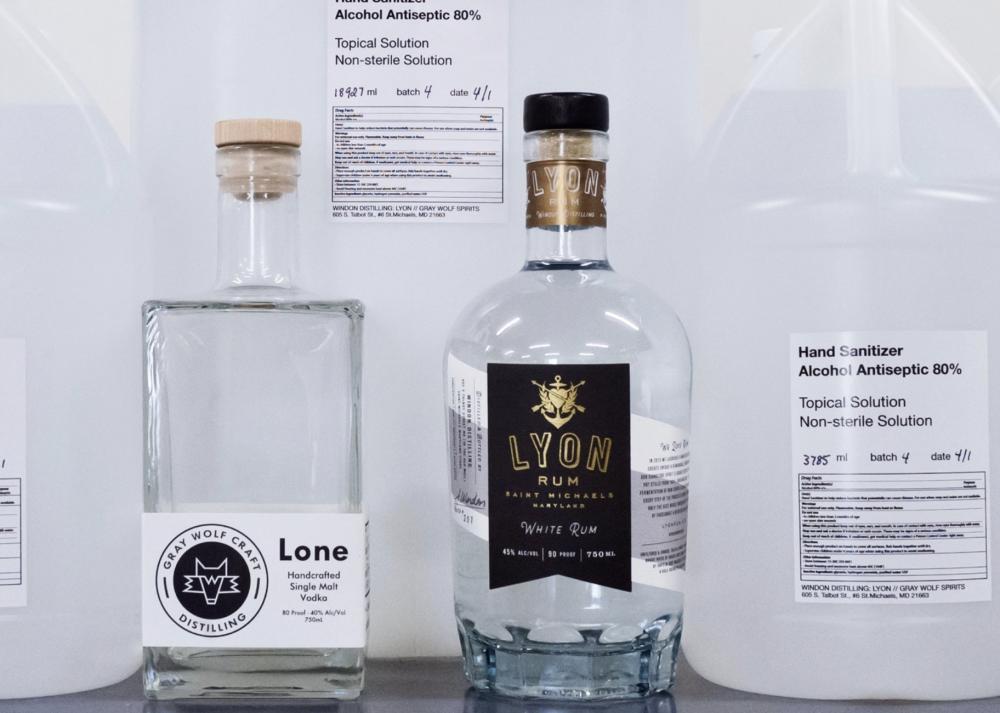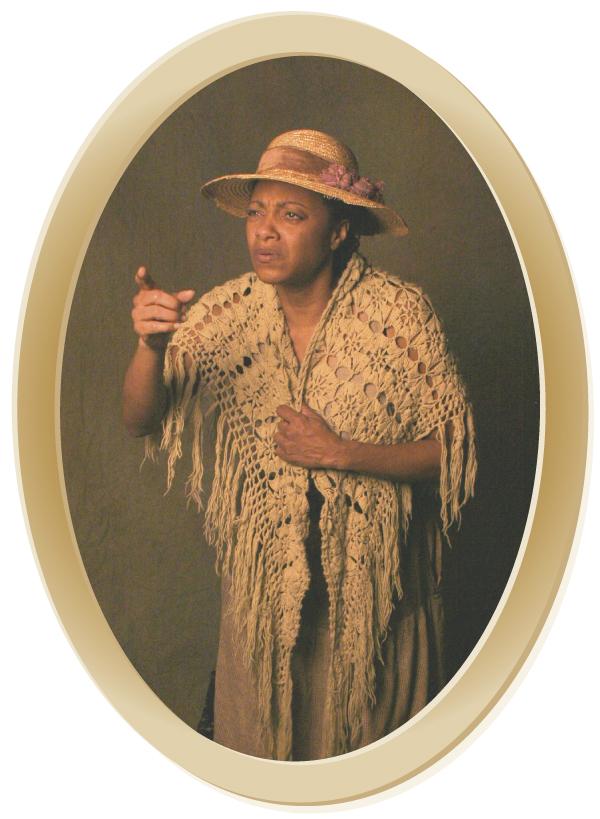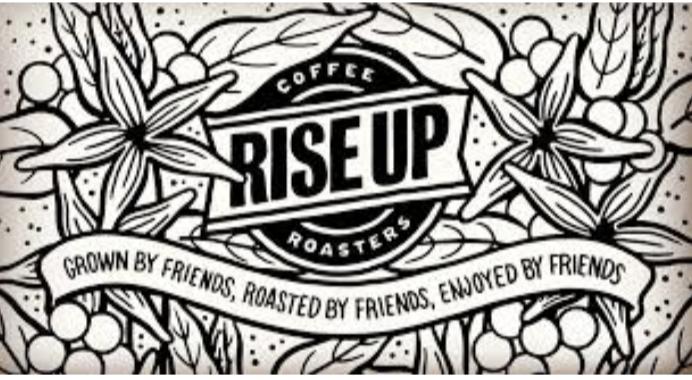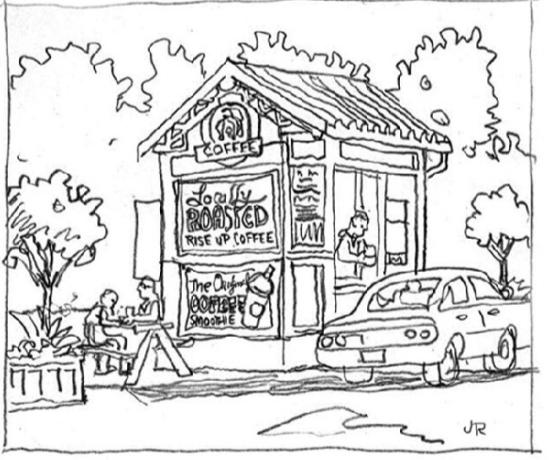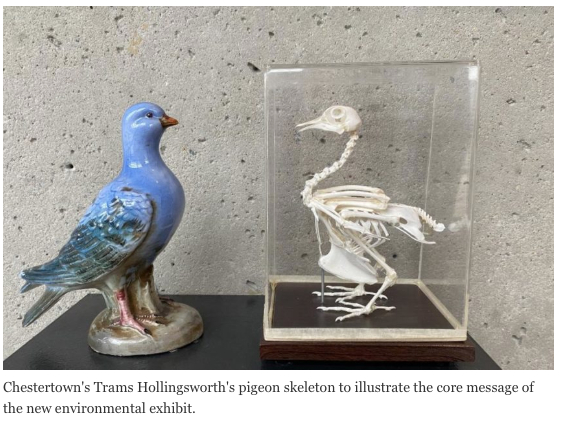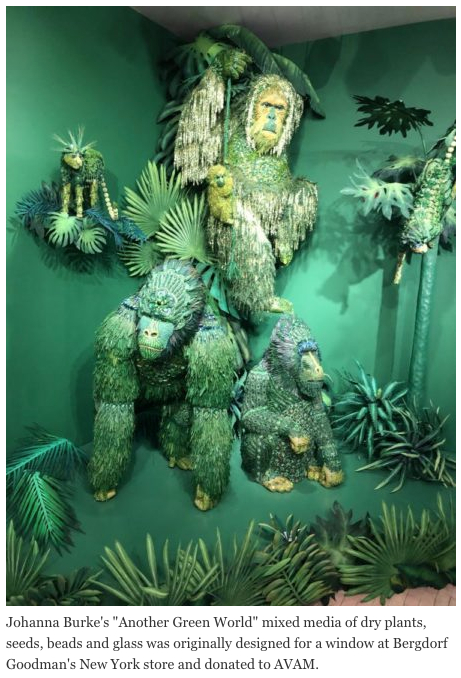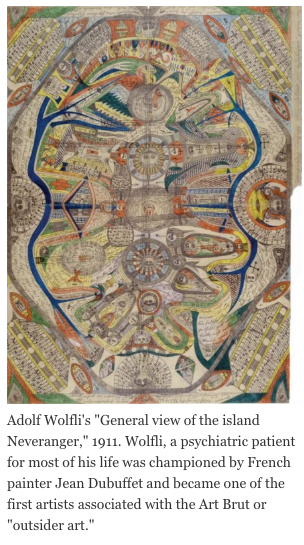By now, you probably know about how St. Michaels’ Windon Distilling, home of Lyon Rum, temporarily ventured into making hand sanitizers. But did you know that they’re still at it?
If you don’t remember or weren’t paying close attention, here is a brief recap. In mid-March, as businesses closed around the nation, the call went out, and a temporary dispensation was given to beverage alcohol distilleries to help make much-needed sanitizers. Distilleries everywhere took on the challenge. As the founder and CEO of Windon Distilling and the President of the Maryland Distillers Guild, Jamie Windon was in a unique position to help guide and create a network and database to funnel the many requests they were getting. These requests came from all over Maryland on behalf of multiple state agencies, front line workers, and essential businesses.
Those first few weeks were a scramble to learn how to make the product, how to procure the ancillary supplies (glycerin, hydrogen peroxide, bottles), and how to get it to the people who needed it. But the decision to make a new product was something they knew they had to do, not something they were doing from a business perspective. “This was our saying, yes to a need that came down to us from the State and the County,” says Windon. “We were simply responding, and because we were responding to their requests, we had no idea when we made that first batch if that was the only batch we were going to make, if we were going to do that and be done with it, or how long this would continue.”
It went on longer than what anyone expected. For six weeks, they tried to keep up with the demand. At one point, Windon remembers, the guild had a backlog of requests for over 20,000 gallons that had to be filled. And with 90% of the Distilling’s staff laid off, it became the responsibility of Windon and her partners to roll up their sleeves and “work 24/7 just as if we were starting a new business.”
With such a tremendous need, there was, of course, no extras to go around, despite the many calls they were receiving from the public. But two weeks ago, it all changed. The Distilling company is still making hand sanitizers, but they now have enough to sell to the private consumer, whether it’s an individual or a business preparing to reopen.
“Now anybody that needs it can contact us,” says Windon. “A business owner said to me the other day, ‘Oh man, I can’t find hand sanitizer, and when I did, it was $60 a gallon.’ And I said, ‘you know I make it, and it’s $35 a gallon.’ That’s been a mission of ours since the very beginning when we started this. We, along with many of our fellow distillers in Maryland, have worked to help correct price gouging and to provide something that was needed at a fair price. That’s just hugely important to us as a company.”
But don’t expect to see the personal-sized bottles. The company only sells one-gallon containers. And don’t expect to just be able to run into the distillery and pick one up. All transactions are done through email, with pickup by appointment at the showroom or their booth at the farmer’s markets.
At this point, Windon plans on continuing to make hand sanitizers as long as it’s needed and is proud of her company’s role in this unexpected opportunity. They won’t, however, be branding it into the Windon family of products. “If you look at our bottles, they have the FDA label. It’s very simple and clean. It’s a functional refill of an essential item, and it would be awful to stop making it when people in our community need it. When that need ceases, and when the calls and emails stop coming in, we’ll stop making it.”
She was also quick to confirm her real passion. “I don’t want a hand sanitizer business. I like making rum. I mean, that’s what we do here. Out of necessity, this booze factory is temporarily a hand sanitizer factory.”
This is a relief to the many Lyon fans, who had worried that the company might run out of rum. “Luckily, she said, “this is our seventh year in business, and we had a pretty good stock of the rum inventory and other spirits going into this. We stopped spirit production for about seven weeks to concentrate on the hand sanitizers.”
This past week the distillery started doing fermentations and making rum again. Their partner, Grey Wolf Distilling, has also begun distilling their vodka line. “But of course, like any business right now,” says Windon, “we’re not jumping back into full manufacturing because we simply don’t know what’s to come and what the demand will be. We’re just beginning to see our normal business start to come back. We’re still about 75% down in sales, but just enough to start needing to refill the rum supply.”
Which is a surprising comment given that the liquor industry has been reported to be thriving right now. Says Windon that could not be further from the truth. “Craft distillers and craft breweries across the country, especially in Maryland, are suffering. They’re suffering because their tasting rooms are closed, and in-store liquor store tasting opportunities are gone. In Maryland, we’ve seen an average of about 75% reduction in sales and as much as 100% for some distilleries. My friends who have breweries tell terrible stories about having to dump beer that’s beginning to expire that wasn’t sold. Luckily spirits don’t expire, so we count our blessings where we can.”
With tasting rooms being a critical revenue source for craft breweries, will Windon expect a quick return to reopen? Not quite. “Out of safety and responsibility to my staff and my customers, I was one of the very first businesses to close my doors before the Governor mandated it. I anticipate that I’ll be one of the last businesses to fully open my doors once it’s legal as well, simply because I want to take things slow. Our distillery is about hospitality, about taking care of people, making people comfortable. And until the public feels a renewed sense of trust that it’s safe to be close to people, we are aren’t able to provide what we normally provide, which is seriously wonderful service with a smile. That’s the core of who we are, and until we can do that, there’s no reason for me to open the tasting room. And I’m not in a hurry to. I’m going to wait until it’s safe. I don’t know how long that’ll take, but we’ll be here. We’re not going anywhere. We’ll just be doing things differently.”
Val Cavalheri is a recent transplant to the Eastern Shore, having lived in Northern Virginia for the past 20 years. She’s been a writer, editor and professional photographer for various publications, including the Washington Post.
